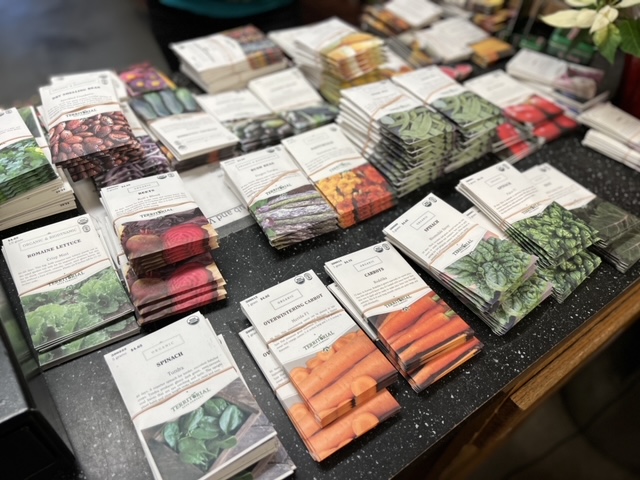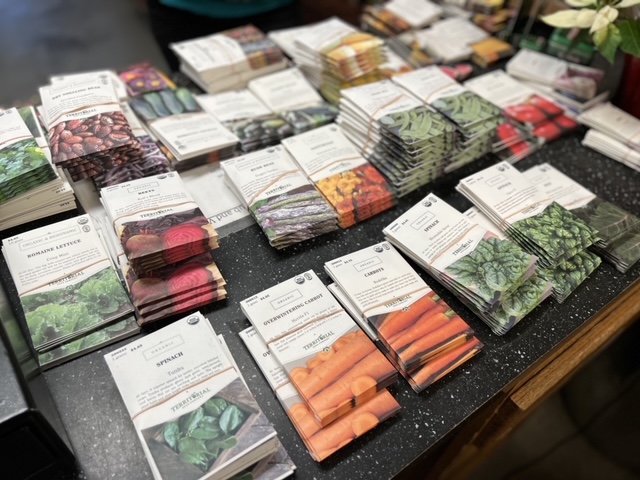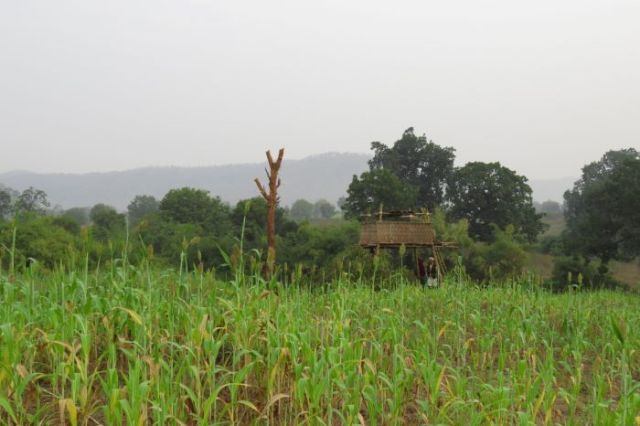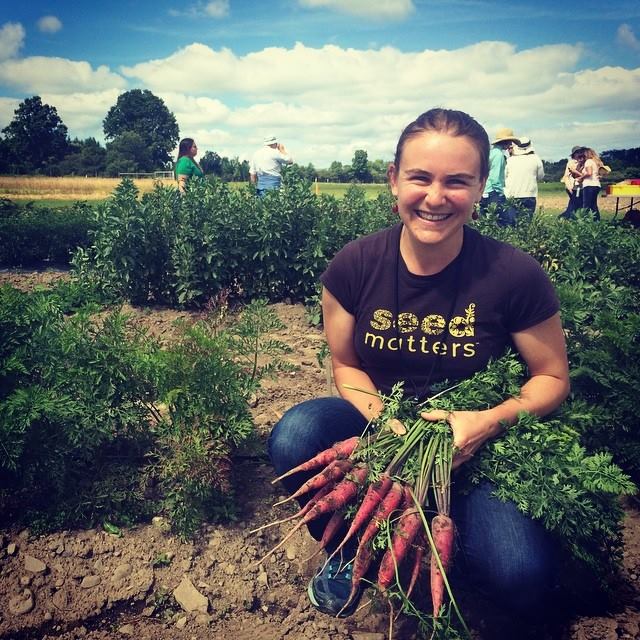
Protecting Our Heritage: Why Sourcing Heirloom Seeds is Getting Harder & What You Can Do
Remember the taste of a truly ripe tomato, bursting with flavor unlike anything you can find at the grocery store? For years, I’ve strived to recreate that experience in my own garden using Cherokee Purple heirloom tomato seeds. Last spring, however, my usual seed catalog was sold out. Every. Single. Time. After weeks of searching, I finally found a small, independent grower who could supply me. But the experience made me wonder: what’s going on? It turns out, sourcing our favorite heirloom seeds is becoming increasingly challenging, and the reason lies in the quiet consolidation happening within the seed industry.
The Quiet Takeover: Seed Industry Consolidation and Its Impact
For generations, homesteaders and gardeners have relied on a diverse network of seed companies, often family-owned, specializing in open-pollinated and heirloom varieties. These seeds, passed down through generations, represent a wealth of genetic diversity crucial for adapting to changing climates and resisting pests and diseases. However, over the past few decades, a handful of multinational corporations have been acquiring smaller seed companies at an alarming rate.

Heirloom seeds, like these vibrant varieties, hold a wealth of genetic diversity threatened by seed industry consolidation.
Think about it: Monsanto (now Bayer), Syngenta, and Corteva Agriscience. These names might not immediately ring a bell in your vegetable patch, but they wield immense power over the global seed market. Through acquisitions, these corporations gain control over seed production, distribution, and even research. The implications for heirloom seeds, open-pollinated seeds and our freedom to engage in seed saving are significant.
One of the most immediate effects of this consolidation is a reduction in seed diversity. As corporations prioritize profit margins, they often focus on a smaller number of commercially viable varieties, potentially phasing out less popular but equally valuable heirloom seeds. This leads to fewer choices for gardeners and a loss of genetic resources that could be vital for future food security. According to organizations like the Seed Savers Exchange, the loss of unique varieties impacts our food system, making it less resilient.
Another consequence is the rising price of heirloom seeds. With fewer independent suppliers, corporations can exert greater control over pricing, making it more expensive for homesteaders to access the seeds they need. This can be particularly challenging for small-scale farmers and gardeners who rely on affordable seeds to feed their families and communities. The increase in seed patents also restricts seed saving and creates further reliance on commercial seed suppliers.
Protecting Our Seed Heritage: What Homesteaders Can Do
The good news is that we, as homesteaders and gardeners, are not powerless in the face of this challenge. We can take proactive steps to protect seed diversity and ensure access to heirloom varieties for ourselves and future generations.
Here are some actionable strategies:
- Join a Seed Saving Network: Connect with other gardeners in your area to share seeds, knowledge, and resources. Seed Savers Exchange (https://www.seedsavers.org/) is a great place to start. These networks create a community of resilience and support, fostering the exchange of rare and valuable seeds.
- Support Local Seed Banks: Many communities have seed libraries or seed banks that preserve and distribute locally adapted seeds. The [Your Local Region] example would be a Texas seed bank like the Native American Seed company or the Texas Seed Library. Supporting these initiatives helps to maintain regional seed diversity and provides access to seeds specifically adapted to our climate.
- Learn to Save Your Own Seeds: Seed saving is a fundamental skill for any homesteader. It allows you to select and preserve the best-performing plants in your garden, adapting them to your local conditions over time. Start with easy-to-save crops like tomatoes, beans, and peppers. There are abundant resources online and in libraries that provide guidance on seed saving techniques.

Saving seeds from successful crops like sorghum contributes to local food security and resilience.
- Propagate Your Own Plants: For some crops, like potatoes or garlic, you can propagate them vegetatively, meaning you grow new plants from existing plant parts rather than seeds. This is a great way to maintain specific varieties and reduce your reliance on purchased seeds.
- Choose Open-Pollinated Varieties: Open-pollinated seeds breed true-to-type, meaning that the offspring will be similar to the parent plant. This allows you to save seeds from these plants and maintain their unique characteristics. Avoid hybrid seeds (labeled as F1), as they do not breed true.
- Educate Others: Share your knowledge and passion for seed saving with friends, family, and neighbors. The more people who are involved in preserving seed diversity, the stronger our food system will be.
Community Resilience: The Power of Seed Sharing
Seed saving is not just about preserving individual varieties; it’s about building community resilience. When we share seeds, we share knowledge, resources, and a commitment to a more sustainable food system.
In the fictional town of Meadowbrook, Texas, a group of homesteaders formed a seed saving cooperative. They met regularly to exchange seeds, share tips, and learn from each other. Over time, they developed a collection of locally adapted varieties that thrived in their unique climate. This initiative not only provided access to high-quality seeds but also fostered a strong sense of community and self-reliance.

Seed exchanges build community and preserve genetic diversity by sharing valuable varieties.
By working together, we can create a more resilient and sustainable food system at the local level. Seed saving is an act of resistance, a way to reclaim control over our food supply and protect our agricultural heritage. This goes hand in hand with actively supporting Texas farmers markets and sourcing locally grown produce whenever possible.
A Call to Action
The increasing difficulty of sourcing heirloom seeds is a serious issue, but it is not insurmountable. By taking proactive steps to save seeds, support local seed banks, and educate others, we can protect our agricultural heritage and ensure food security for ourselves and future generations.
Now, I want to hear from you! Share your own seed saving stories in the comments section below. What are your favorite heirloom varieties? What challenges have you faced in sourcing seeds? What tips do you have for other homesteaders?
And don't forget to sign up for the Better Homes and Harvests newsletter to receive updates on seed saving workshops, resources, and other homesteading tips. Together, we can build a stronger, more self-sufficient future, one seed at a time.